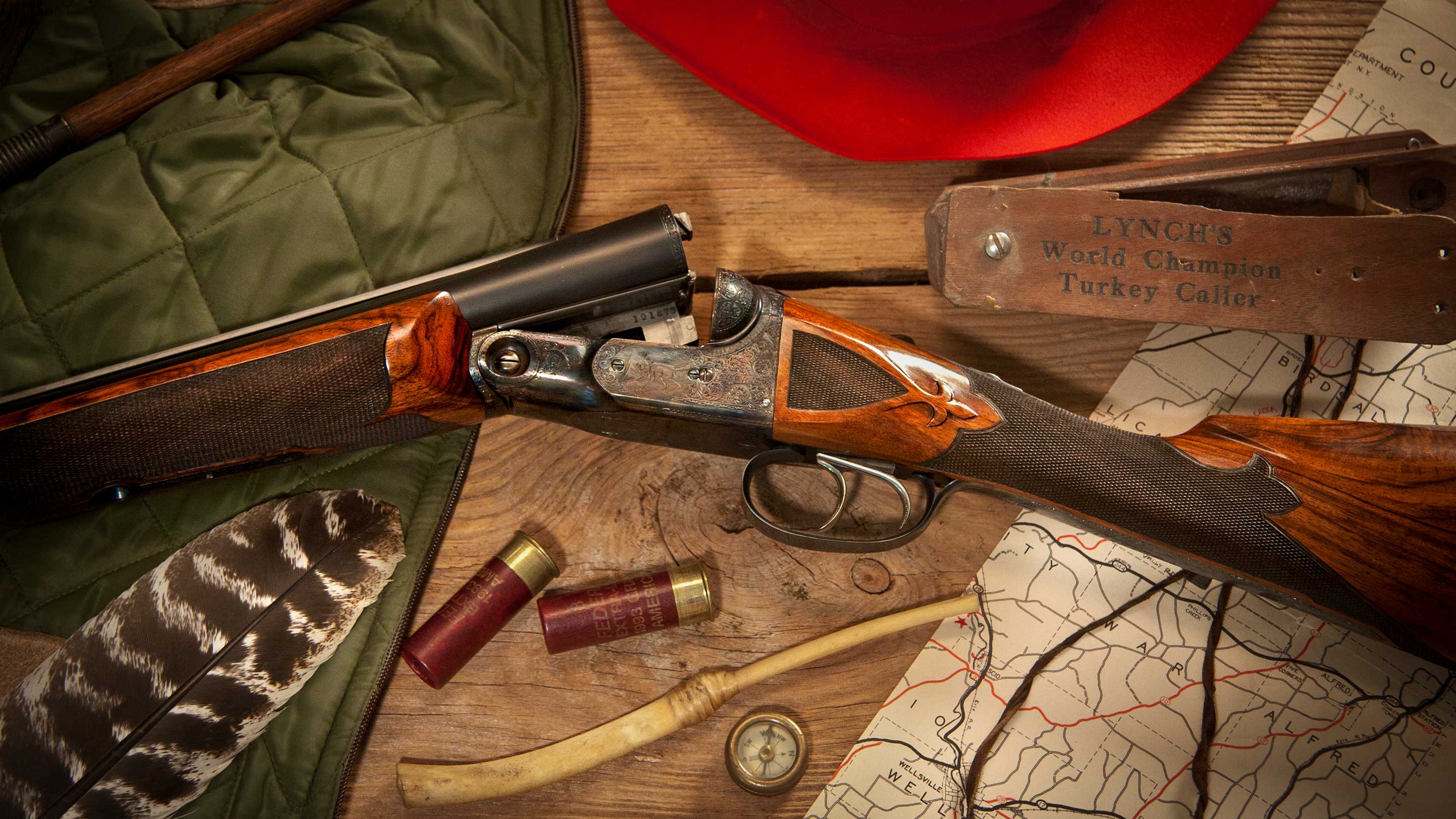UPDATE: Now you can see the full, behind-the-scenes restoration on Sporting Classics Daily.
UPDATE: Now you can hear Doug Turnbull tell the story of our Parker BHE restoration on Project Upland!
A closer look at the vintage shotgun restoration process with Doug Turnbull of Turnbull Restoration Co.
LISTEN on | Apple Podcast | Google Play | Spotify | Stitcher
Few classic American firearms conjure up imagery and emotions like Parker. Nearly every Parker Bros. double gun that comes to us for restoration has numerous stories attached to it, just like this BHE example from 1921. One of the most rewarding aspects of our job is hearing these stories and doing our best to honor them during the restoration process. And, as with all our restoration projects, we do our best to honor the original makers. One way we do that is by capturing the many steps that make up a full gun restoration, as we’ve done here in our multi-part blog series.
Do you have questions about the process of gun restoration? Feel free to ask in the comments section below, or drop us a line.
Contents: The Full Restoration Process
Days 1-3: making a new buttstock, fitting the stock to the receiver, fitting the skeleton buttplate
Days 4-6: last day of inletting, polishing the barrels, inletting the gold shield
Days 7-9: re-cutting the barrel engraving, polishing the action, rust bluing the barrels
Days 10-12: stock refinishing, checkering the buttstock, finishing up the checkering
Want to See More Stories Like These?
This installment of Restoration Resources appears in our Shoot History e-magazine. If you'd like to see more stories like these while learning about classic firearms preservation, head over to Shoot History. Be sure to hit the subscribe button while you're there.





Turnbull does phenomenal work. Superbly skilled staff devotes extreme attention to detail. They’ll restore a vintage firearm just the way you want it. A couple years ago, I asked Doug about restoring a 1906 vintage Parker DHE I’d bought for a song at a gun show. To preserve the history of the shooters who’d enjoyed it for more than a century, we agreed to leave the patina of age on stock, action, and barrels intact, but to rebuild the interior so it functioned as well as the day it left the factory – a great way to preserve the heritage of your grandparents’ favorite gun. See my article in Sporting Classics. John Ross, Senior Editor
as a historical collector the factual stories behind these classics are what keeps them alive and constantly increasing value. The days when competition was fierce between Baker, Parker etc. pushing the limits of American gun builders to overcome the Europeans.
Quality restoration is imperative in keeping this history alive
I have my fathers 12ga Parker double. He got it from his father. I believe it to be a D grade gun. It still cocks,and both barrels do fire. My dad has been gone now for 23 yrs, the gun has not been fired. When I was a boy,and you could still get cardboard shells,we would shoot it for New Years day,and Christmas. I remember him and I hunting rabbits behind our beagle dog SueBecky. i killed my first rabbit, and my Dad got one with that double gun. I was 9. Lots of memories,involving that gun and him. It has not been fired for about 35 years Im guessing…but I love taking it out the cabinet,and keeping it clean,and just holding it. The feel and balance of it is like nothing else on the market today. Im going to turn 60 in about a month,and was wondering about a partial refurbishment,and the cost.
Hi Joseph,
Sounds like a wonderful shotgun you have there! We’d be happy to discuss your options in detail over the phone, when you have a chance. Our number is 585-657-6338, and we’re available Monday-Friday, 10am-4pm ET.
Thanks,
Sara
Glad to see this piece,l was curious about whether Turnbull did shotgun restorations ,is this a recent thing or have you done it for a while?
Thank you Tim. Yes, we’ve restored American classic doubles and pump actions for a good long while. Here’s a link to our shotgun restoration gallery if you’re interested in seeing more examples.